

Better Buildings: Exploring Sustainable Construction Materials
Summary
Reflection Questions
Journal Prompt
The demand for resilient and environmentally conscious solutions is on the rise, particularly for sustainable construction materials. This is a sign of a major shift in how we think about construction. We now put a greater emphasis on using materials that are healthy for people and safe for the environment. This is leading to a future where building practices are more in line with the planet’s well-being. As the global population continues to grow, creating living and working spaces that prioritize the well-being of both inhabitants and the environment becomes a cornerstone for fostering resilient and thriving communities. In this article, we will explore some of the most used sustainable construction materials.
Understanding Sustainable Construction Materials
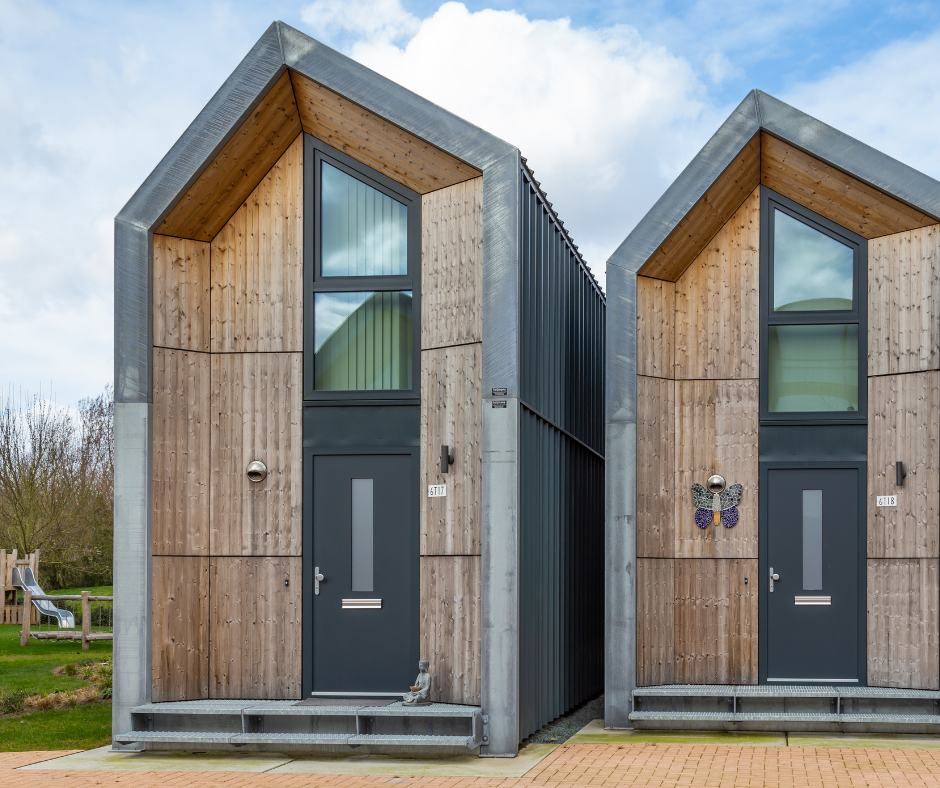

Defining sustainable construction materials goes beyond mere functionality—it encapsulates a commitment to ecological responsibility and longevity. These materials are characterized by their ability to harmonize with the environment throughout their life cycle. Key attributes that make a material truly sustainable include renewability, energy efficiency, and a low environmental impact.
Sustainability in construction materials implies a reliance on resources that can be naturally replenished. Materials derived from renewable sources, such as bamboo or recycled steel, exemplify this ethos by ensuring that the extraction or cultivation process does not deplete finite resources.
Energy efficiency stands as another pillar of sustainability, emphasizing the need for materials that contribute to reduced energy consumption during production, transportation, and usage. This not only curtails environmental strain but also aligns with the broader goal of constructing buildings that operate efficiently and responsibly.
Moreover, a material’s environmental impact encompasses its entire life cycle, from extraction to disposal. Sustainable construction materials minimize this impact by considering factors like carbon footprint, emissions, and waste generation. By prioritizing materials with lower environmental footprints, we pave the way for construction practices that are both resilient and ecologically responsible.
Traditional Materials with a Sustainable Twist
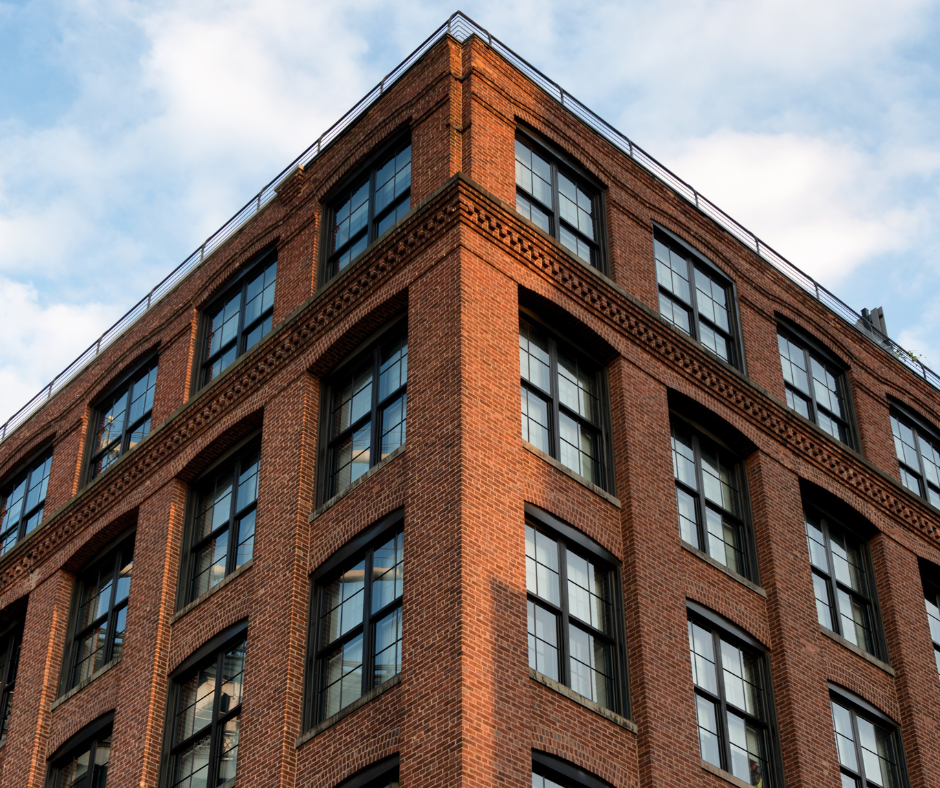

Traditional materials like new wood, stone, and brick have been adapted to meet the needs of eco-conscious building practices. Wood, a timeless construction staple, is now being sourced sustainably through responsible forestry practices and certifications. This ensures that for every tree harvested, another is planted, preserving the equilibrium of our forests. Additionally, advancements in timber engineering, such as cross-laminated timber (CLT), offer high strength and durability, providing a sustainable alternative to traditional framing materials.
Stone, with its enduring appeal, is finding new life through extraction using sustainable methods. Quarrying practices are evolving to minimize environmental impact, and reclaimed stone from existing structures is gaining prominence, offering a second life to materials with character and history.
Brick is witnessing a sustainable makeover through energy-efficient firing techniques and recycled content integration. Innovations in the brick manufacturing process focus on reducing emissions and resource consumption, turning this age-old material into a beacon of eco-friendliness.
These sustainable twists in traditional materials not only honor sustainable architectural heritage but also address the ecological concerns of the present. By marrying time-honored aesthetics with contemporary sustainability practices, we usher in an era where the past and the future harmonize, creating structures that stand as testaments to both resilience and responsibility.
Recycled and Reclaimed Materials


The construction industry is undergoing a transformative shift by embracing recycled and reclaimed materials, a sustainable approach that not only minimizes waste but also breathes new life into discarded resources.
Recycled steel, with its inherent strength and versatility, has become a cornerstone in sustainable construction. By diverting steel from landfills and reprocessing it into new structural elements, we reduce the environmental impact of steel production while conserving valuable resources.
Recycled glass can be transformed into eco-friendly countertops or insulation, while recycled plastic can be molded into durable building components. These applications not only divert waste from landfills but also contribute to the reduction of virgin material extraction.
The process of reclaiming materials from old buildings adds a layer of historical richness to sustainable construction. Salvaged wood, bricks, and sustainable architectural elements can be repurposed in new structures, infusing character and uniqueness. This not only reduces the demand for several materials but also lessens the environmental impact associated with their production.
In essence, the incorporation of recycled and reclaimed materials in construction exemplifies a circular economy mindset, where resources are used, reused, and repurposed in a continuous cycle. This not only aligns with the principles of sustainability but also marks a creative and eco-conscious evolution in the way we approach building for the future.
Innovative New Materials
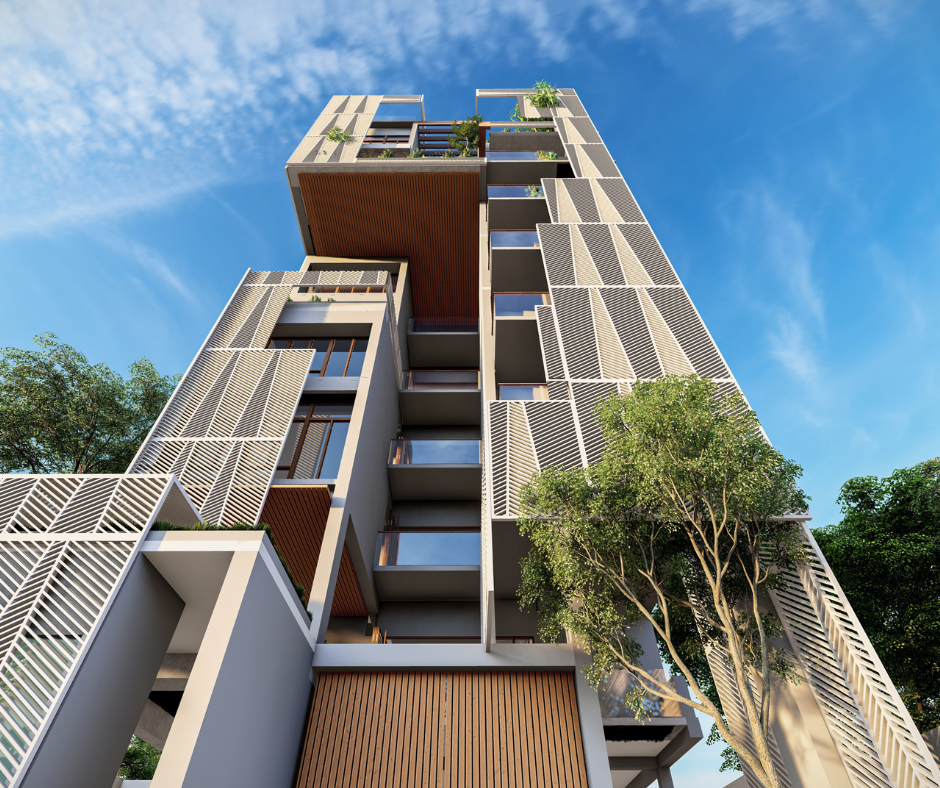

The frontier of sustainable building materials for construction is witnessing a wave of innovation, with cutting-edge materials like bamboo, hempcrete, and ferrock emerging as eco-friendly game-changers, redefining the possibilities in modern construction.
Bamboo, nicknamed “green steel,” stands out for its rapid growth and remarkable strength. This renewable resource is not only lightweight but also possesses structural integrity, making it an ideal choice for various applications, from floor tiles to structural elements. Its versatility, coupled with a minimal environmental footprint, positions bamboo as a frontrunner in sustainable construction.
Hempcrete, a blend of hemp plant fibers, lime, and water, is making waves for its excellent insulation properties and low environmental impact. This innovative material not only sequesters carbon during its growth but also provides superior thermal performance, contributing to energy-efficient buildings. Hempcrete is gaining traction as a sustainable alternative to precast concrete slabs and traditional concrete blocks in wall construction.
Ferrock, a groundbreaking material, takes sustainability to a new level by incorporating recycled materials like steel dust into its composition. Beyond being highly durable, Ferrock has the unique ability to absorb and trap carbon dioxide during its curing process, making it a carbon-negative material. This innovation holds promise for applications in structural elements, showcasing the potential of materials to actively contribute to environmental remediation.
These innovative materials signify a shift towards a more sustainable and mindful construction landscape. As we explore the properties, benefits, and potential applications of bamboo, hempcrete, and ferrock, we unveil a future where building materials not only meet structural needs but also play a pivotal role in fostering a healthier planet.
Sustainable Insulation Options
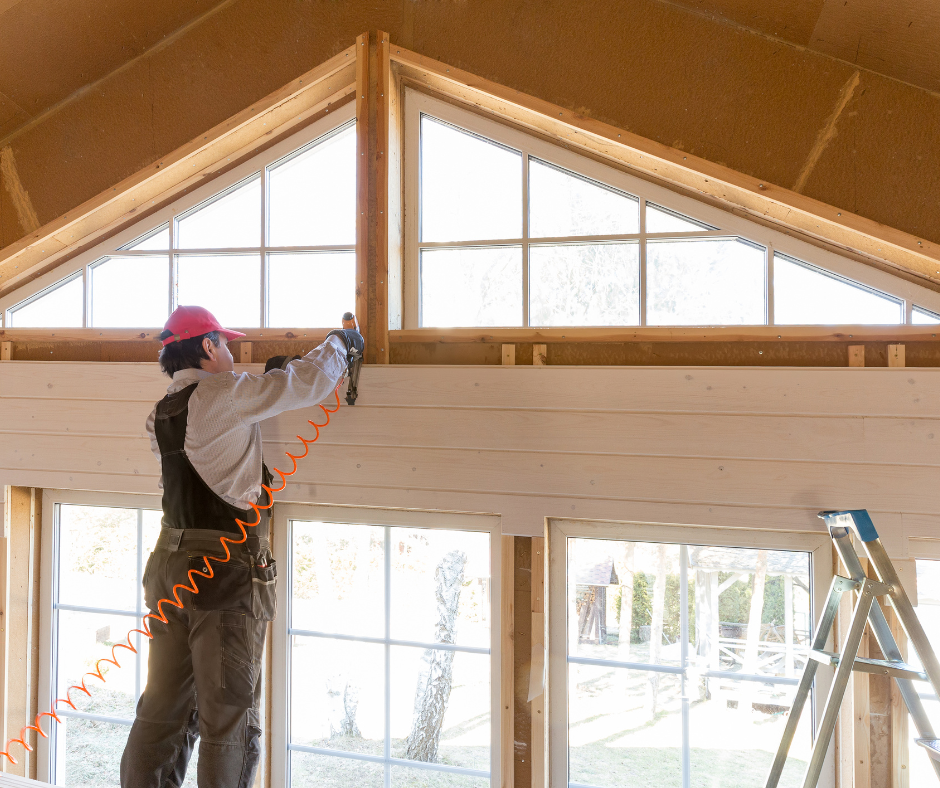

Eco-friendly insulation options such as cellulose, wool, and aerogel, alongside other materials like straw bales, and rammed earth, are at the forefront of a green building materials revolution.
Cellulose insulation, crafted from recycled paper or cardboard, not only excels as a thermal insulator but also champions recycling efforts, aligning to save energy and reduce environmental impact. Wool insulation, sourced from natural resources like sheep’s wool, stands out with superb insulation properties and inherent fire resistance, contributing to sound insulation and creating healthier indoor environments.
Aerogel, renowned for its exceptional insulating properties, takes sustainability to new heights. Composed of ultra-lightweight silica aerogels derived from sand, it surpasses conventional materials in thermal insulation, further supporting energy-efficient building envelopes.
These choices, including the incorporation of smart glass windows, solar panels, and thermal storage for air conditioning, not only prioritize the well-being of current occupants but also lay the groundwork for a sustainable legacy for future generations.
By minimizing the use of toxic gasses and emphasizing thermal storage, these materials showcase that sustainable options can not only match but often exceed the effectiveness of traditional choices, demonstrating that superior performance and environmental responsibility can coexist.
Green Roofing Materials
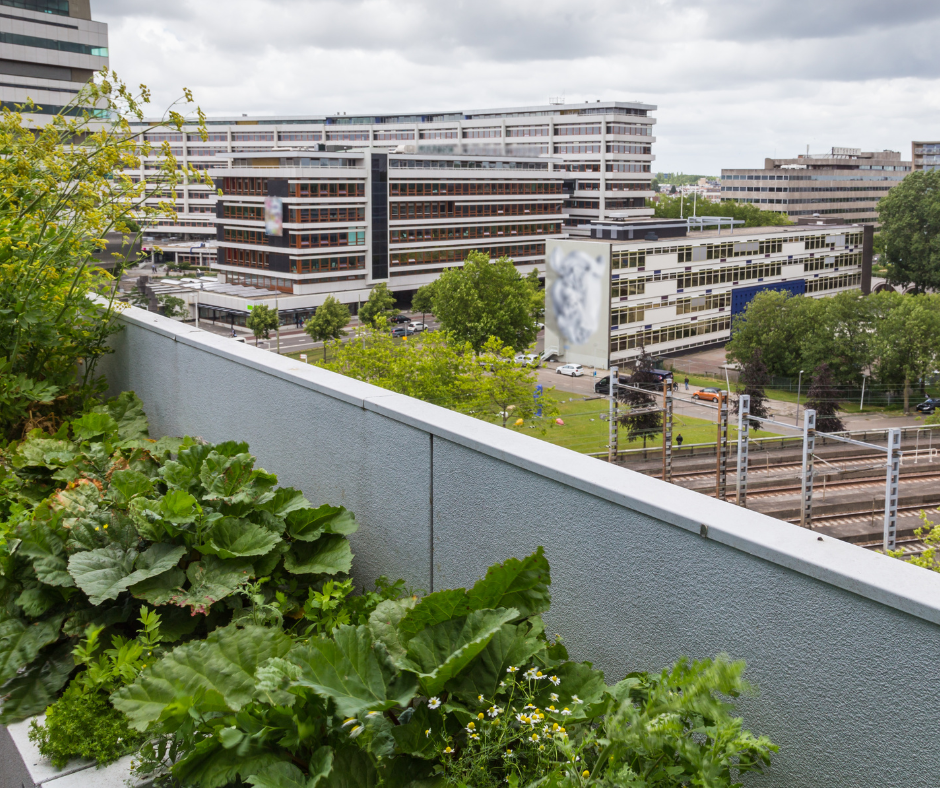

Sustainable roofing options play a pivotal role in creating environmentally conscious buildings, and green roofs, recycled shingles, and metal roofing are leading the charge. Green roofs, adorned with vegetation, offer a myriad of benefits.
They enhance energy efficient strategies by providing natural insulation, reducing stormwater runoff, and creating green spaces in urban environments. Recycled shingles, often made from reclaimed materials like rubber or plastic, contribute to waste reduction and showcase durability comparable to traditional roofing materials.
Metal roofing, known for its longevity and recyclability reflects natural light thus reducing cooling costs. It is also highly resistant to fire and extreme weather conditions. Its eco-friendly attributes make it a sustainable choice with a lifespan that outlasts many traditional roofing materials.
Eco-Friendly Interior Materials
Cork flooring, low-VOC (Volatile Organic Compounds) paints, and reclaimed wood are paving the way for interiors that prioritize both environmental responsibility and human health.
Cork Flooring
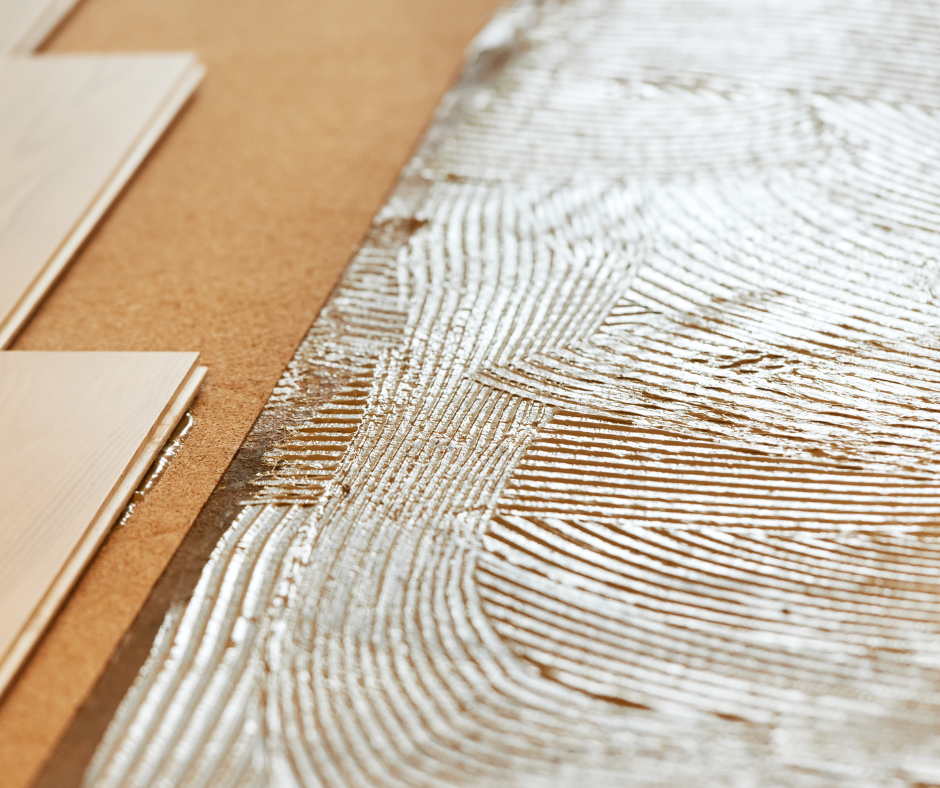

Cork, harvested from the bark of cork oak trees, is a resilient and comfortable flooring option. The harvesting process allows the trees to regenerate, ensuring a renewable resource. Cork flooring provides excellent insulation, is hypoallergenic, and possesses natural antimicrobial properties, contributing to a healthier indoor environment.
Low-VOC Paints
Traditional paints often release harmful VOCs into the air, contributing to indoor air pollution. Low-VOC paints, on the other hand, contain fewer harmful chemicals, minimizing the impact on air quality. These paints are eco-friendly building materials and promote better indoor air quality, making them a healthier choice for interior spaces.
Reclaimed Wood


Reclaimed wood breathes new life into old timbers, salvaging materials from deconstructed buildings or retired structures. Beyond its rustic charm, reclaimed wood reduces the demand for fresh mass timber, lessening deforestation and environmental impact. Incorporating reclaimed wood into interior construction adds character and history to spaces, creating a unique and sustainable building material aesthetic.
The health and environmental benefits of these materials extend far beyond aesthetics. Cork flooring, low-VOC paints, and reclaimed wood contribute to improved indoor air quality, reduce the higher carbon footprint associated with traditional materials, and exemplify a commitment to creating spaces that are both stylish and environmentally responsible. In choosing these eco-friendly construction materials, we enhance the beauty of our surroundings and ensure a healthier, more sustainable future.
Challenges and Limitations
While the momentum for sustainable construction materials continues to grow, the industry grapples with challenges that span sourcing, cost considerations, availability, and market readiness. Acknowledging these hurdles is crucial for understanding the complex landscape of transitioning to more sustainable building practices.
Cost Implications
One of the primary challenges revolves around the perceived cost of sustainable building materials for construction. In some cases, these materials can be more expensive upfront, deterring builders and developers from immediate adoption. However, it’s essential to recognize that the long-term benefits, such as energy savings and reduced environmental impact, often outweigh the initial investment.
Availability of Sustainable Materials


The availability of sustainable materials can vary regionally, posing a significant challenge for builders looking to source materials locally. Limited availability can lead to increased transportation costs and potentially negate the environmental benefits of using sustainable materials in construction. Efforts to establish robust supply chains and promote regional material sourcing can help alleviate this challenge.
Market Readiness and Awareness
The construction industry, like any other, is driven by market demand. While awareness of sustainable construction practices is increasing, there is still work to be done in terms of market readiness. Builders, developers, and consumers may need more education and incentives to prioritize sustainable building materials for construction over conventional options.
Potential Limitations
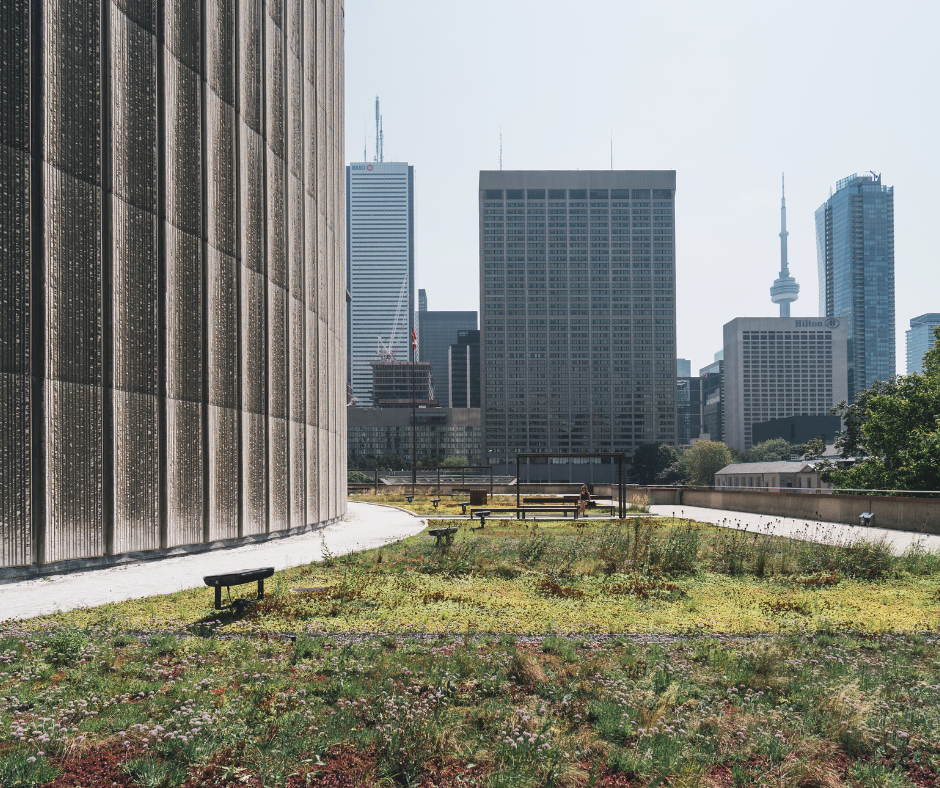

Certain limitations in the properties of sustainable materials in construction can also pose challenges. For instance, while some innovative materials showcase promising characteristics, they might still be in the early stages of development or lack standardized testing and certification processes. Overcoming these limitations requires collaborative efforts within the industry to refine and establish the reliability of these materials.
Industry Responses
To address these challenges, the industry is witnessing a surge in collaborative initiatives, research, and development. Efforts are being made to drive down the costs of sustainable material in construction through technological advancements and economies of scale. Certification programs are being expanded to ensure the reliability and quality of sustainable materials.
The Future of Sustainable Construction Materials
Advanced Biodegradable Materials
The quest for materials that leave minimal environmental footprint is likely to lead to the development of advanced biodegradable options. These materials, designed to break down naturally without leaving harmful residues, could revolutionize waste management in construction.
Nanotechnology Integration
Nanotechnology holds the potential to enhance the properties of construction materials, making them more durable, resilient, and even self-healing. Nano-engineered materials could play a vital role in creating structures that require less maintenance and have a longer lifespan.
3D Printing with Sustainable Materials
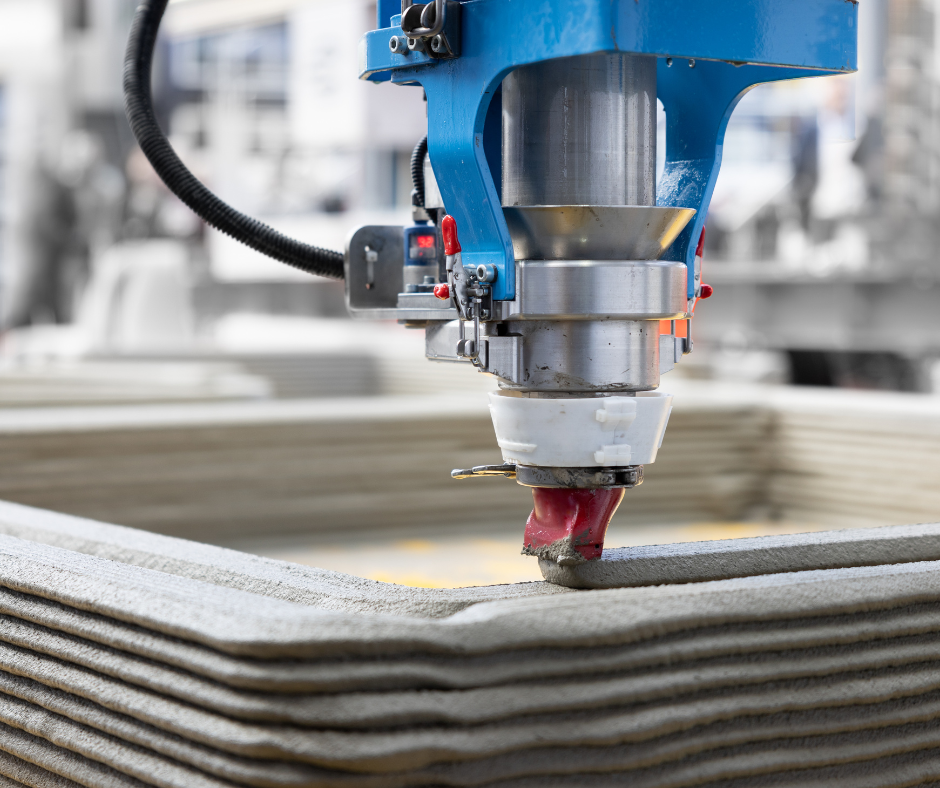

The emergence of 3D printing technology in home construction is opening doors to new possibilities. In the future, we may witness the use of sustainable and recyclable materials in 3D printing industrial processes, enabling construction sites with reduced demolition waste and increased efficiency.
Carbon Capture and Utilization in Construction Materials
In the ongoing battle against greenhouse gas emissions or carbon emissions, researchers are exploring ways to capture and utilize carbon in construction materials. Innovations in this area could result in carbon-neutral or even carbon-negative building materials, contributing to global warming.
Smart and Responsive Materials
The integration of smart materials, responsive to environmental conditions, could redefine the adaptability of structures. Materials that can regulate temperature, harvest less energy, or adjust their properties based on external factors may become integral to sustainable construction practices.
Role of Technology and Research
Technology and research are catalysts for the evolution of sustainable construction materials. Advanced simulation techniques, machine learning, and data analytics enable researchers to model and optimize materials for enhanced performance and sustainability. Robotics and automation in construction processes contribute to precision and efficiency, minimizing resource wastage.
From Construction Site to Interior Installation: Our Final Thoughts on Sustainable Building Materials
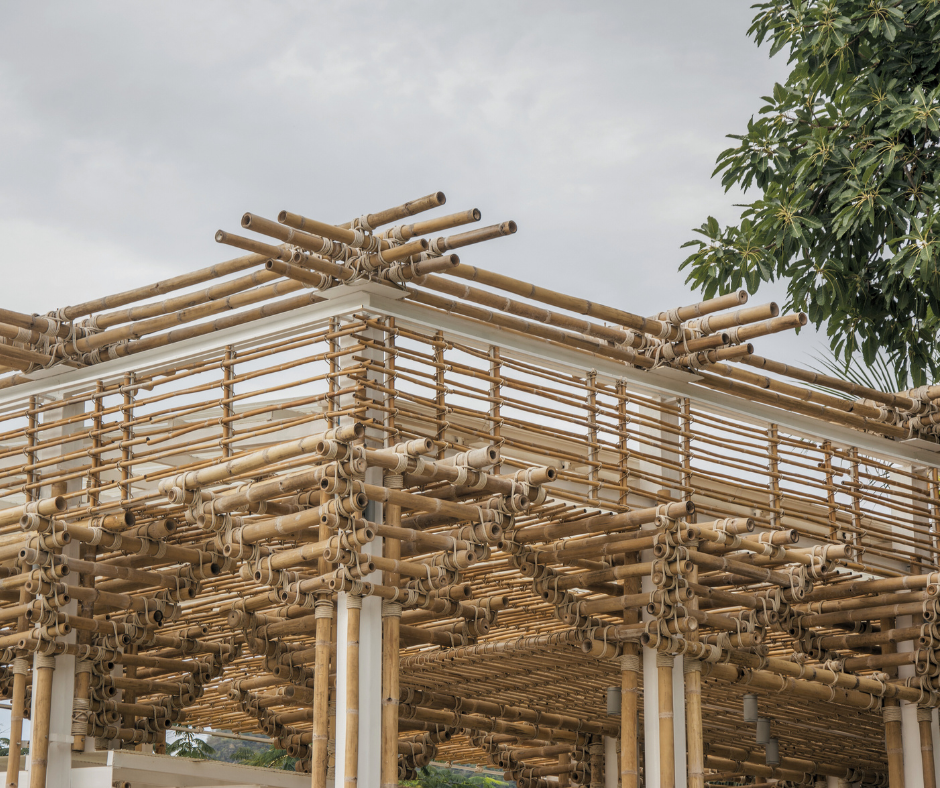

From recycled material to rapidly renewable options, sustainable building materials address the pressing environmental challenges of our time. They also pave the way for a future where the built environment can coexist harmoniously with the natural world. From recycled and reclaimed raw materials to cutting-edge innovations like bamboo and hempcrete, each choice made in construction contributes to a collective effort to reduce our ecological footprint.
The importance of these materials extends beyond immediate environmental concerns. Energy efficiency, improved indoor air quality, and the preservation of natural materials and resources are just a few of the multifaceted benefits that sustainable construction practices bring to the table. By choosing materials that align with these principles, we not only create structures that endure but also foster communities that thrive.
By Armela E.








